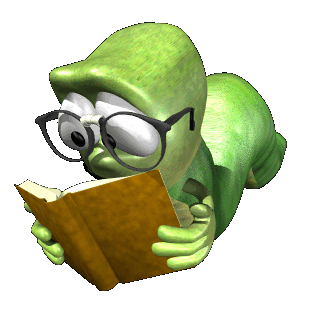Visual Literacy and Internet's impact on Teaching!
Visual Literacy and the use of the internet can impact the teaching and learning process in the classroom in many ways. Students are of all different learning styles, so its important we as teachers deliver instruction in various ways. Visual-thinking learners find themselves learning best through visual aids where material is evident for them through some form of visual display. When a student can observe and visualize material they are given better opportunities for success as they now have another aspect of the material along with a model to better comprehend the instruction being delivered. By allowing visual aids within the classroom more or less visual literacy, students can read and identify with the material being offered touching on visual learning styles.
Within my classroom, visual-thinking strategies play a major role daily as I am a language arts teacher and literacy is a strong component used often. One visual-thinking strategy I often use YouTube videos when teaching a new grammar strategy as students can identify and connect with the material within the video. This allows for students to now build background prior to learning and connect with the visual approach as well as the critical thinking aspect as students must listen, record and connect with the videos theme. My students do very well with the YouTube approach because they are familiar with this site as well as comfortable with this modern approach to learning. By playing these videos I am allowing my students additional aspects of the material along with building background through personal connection and another perspective!
The internet has become a huge role within my classroom as its a strong tool used in many of my lessons. I find that applying internet aspects such as interactive games and web-based approaches to learning such as research projects that need internet searching help guide students to achieving success. The role the internet plays in my classroom is that of a partner. I formulate lessons and students use the internet to better comprehend and connect
with the material as the internet is now a modern way of connecting. A student doesn't know a word they look it up, wants to better understand a math problem, type in the mathematical term and find a YouTube video. In my classroom, I have to admit I somewhat use the internet as a team teacher as I find it most useful for students building more knowledge on a topic introduced within class.



